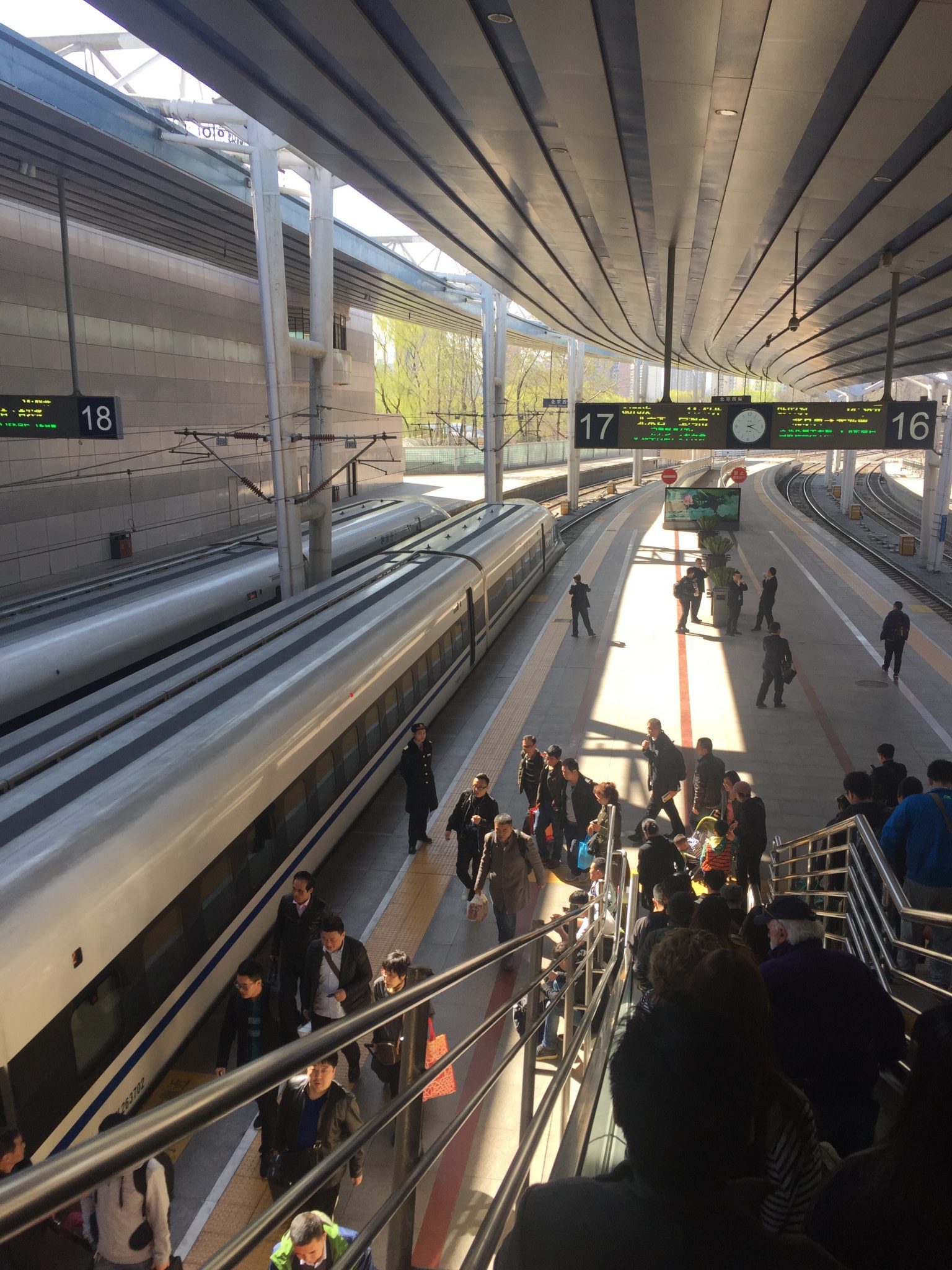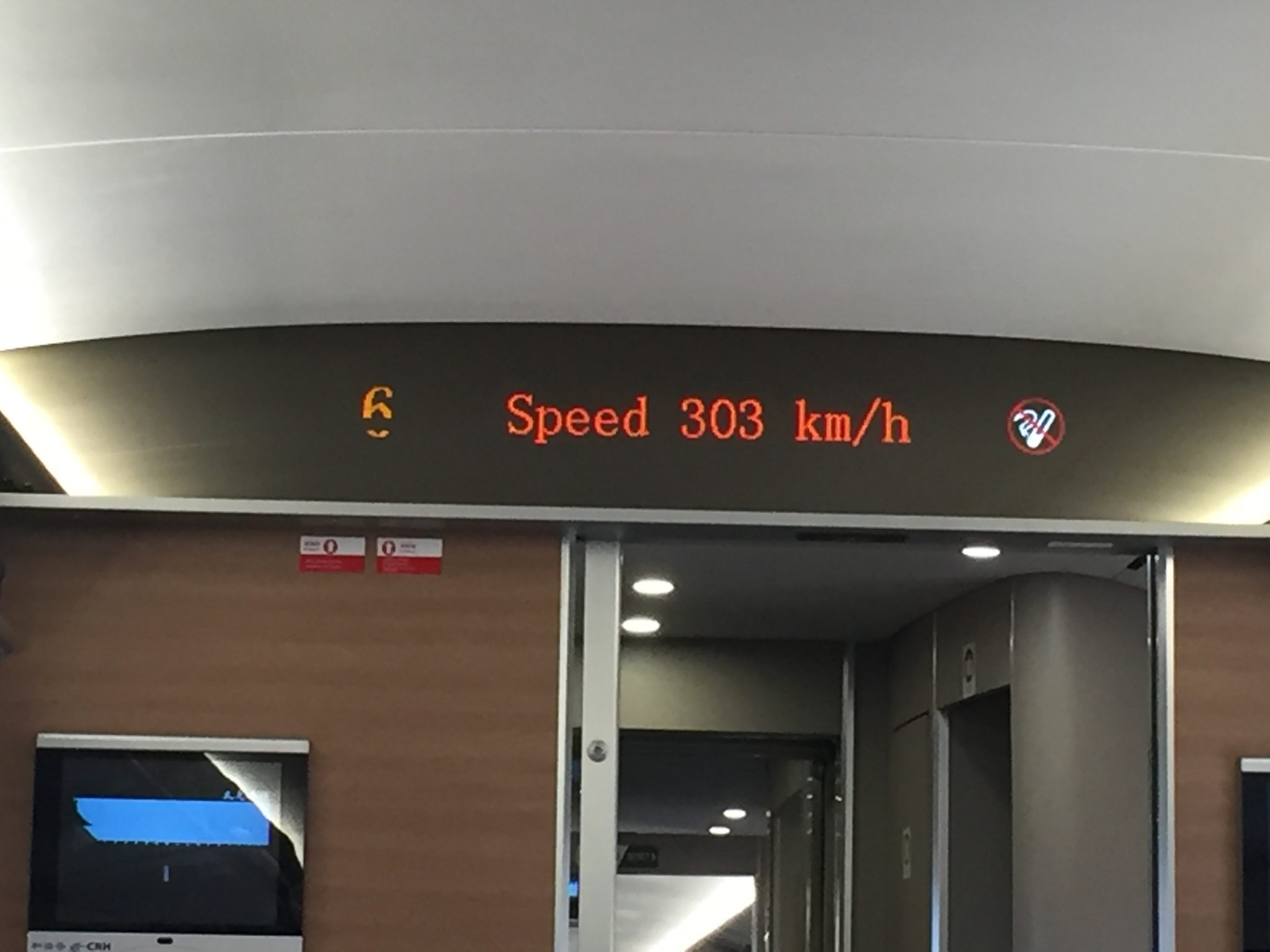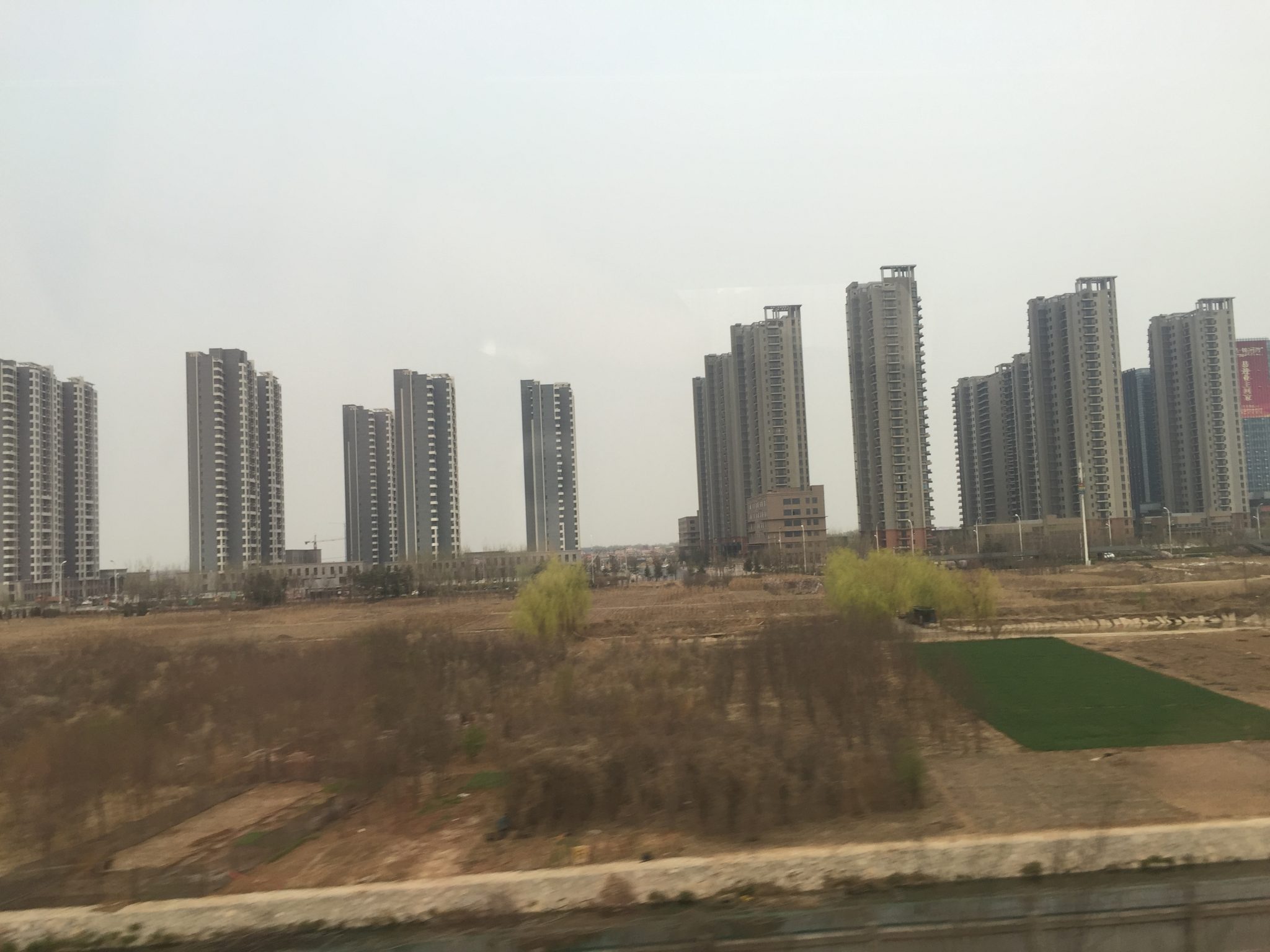Something I didn’t talk about in my first blog about China was the language barrier. I don’t speak Mandarin and, if you don’t either, than I strongly recommend a private guide. In each of the three cities we toured, we had a English and Mandarin speaking guide and it was invaluable. Getting around without one at times was difficult and even getting a simple taxi to take you somewhere was a challenge. The other thing to remember is China is a communist country and things we are used to in America are not available there. For example, Facebook, Instagram, Google, Wikipedia, and the majority of news outlets we are used to are not accessible. While they do have their own versions of the social media apps, the government controls what they have access to read and hear about. I have a cousin that travels a lot for business and told me that I needed to get a private VPN service that would route my phone through a few other countries. This way I could have access to Facebook, etc in order to make a few posts. It didn’t always work because the government can find the route and block it for periods of time. Enough about the technical stuff, lets get back to the trip.
The Great Wall

I will be honest, I never really thought I would actually walk on The Great Wall of China. Like I said in my previous blog, I dreamed about it as a child. I hardly slept the night before thinking about it while I watched the 24 hour Kung Fu station. That morning, on the way to the outskirts of Beijing, you could see small sections of the wall out of our van window. Once we got there, it was hard to take it all in as you could see the wall sprawling off in different directions, farther than I could see. If you measure the wall with all of its branches it measures over 13,000 miles, which is incredible. We went to the Badaling section, which is the most famous section, because it was the first section to be opened to the public and was used as the show piece for foreign dignitaries. We walked more than two miles of the wall and it was a serious workout with several sections of steep stairs. Much of the wall is built through mountainous terrain and I can’t even begin to think about how much work was involved in building it. All I can say is it was incredible and I would love to spend time at another section of The Great Wall.
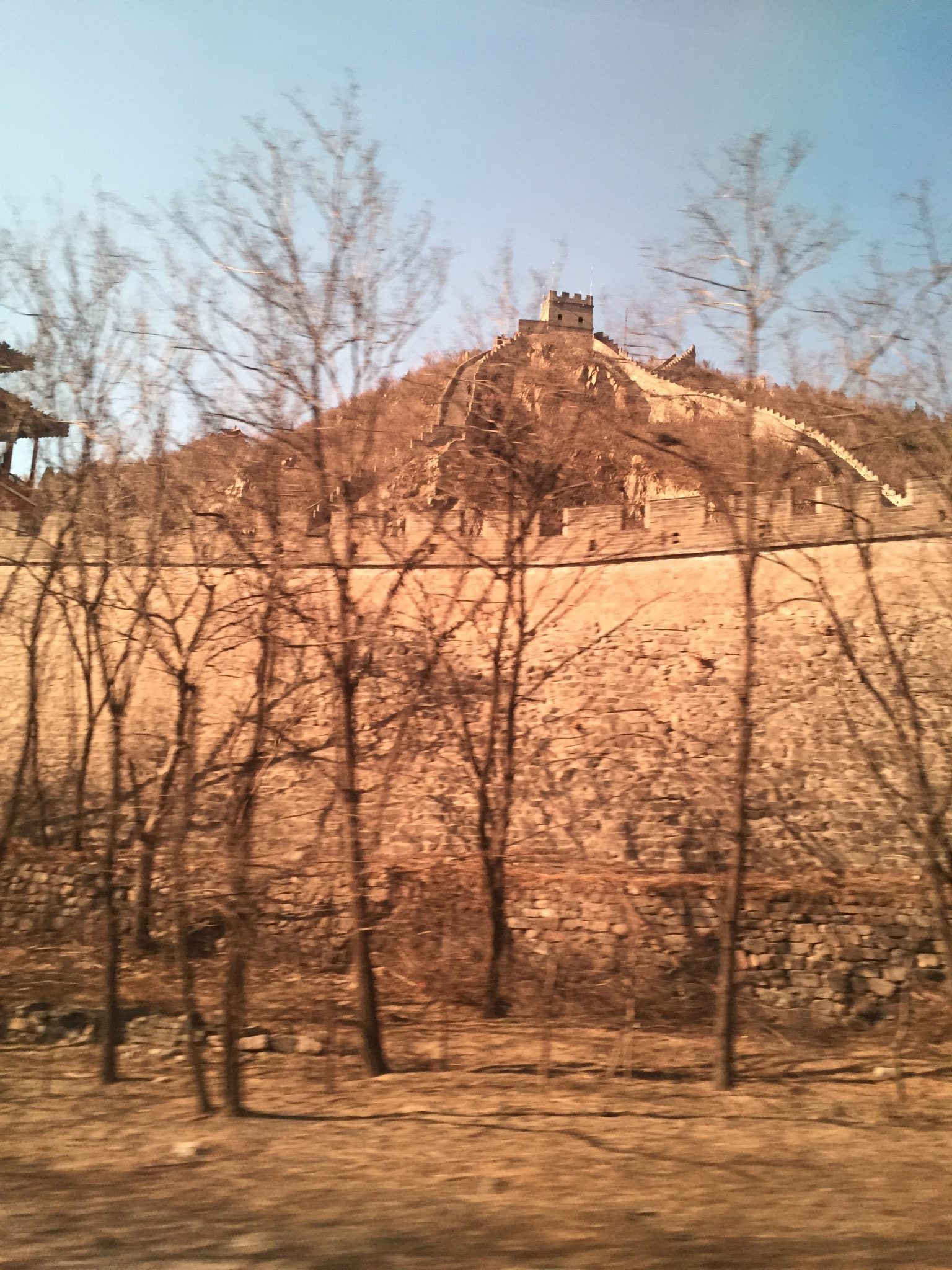
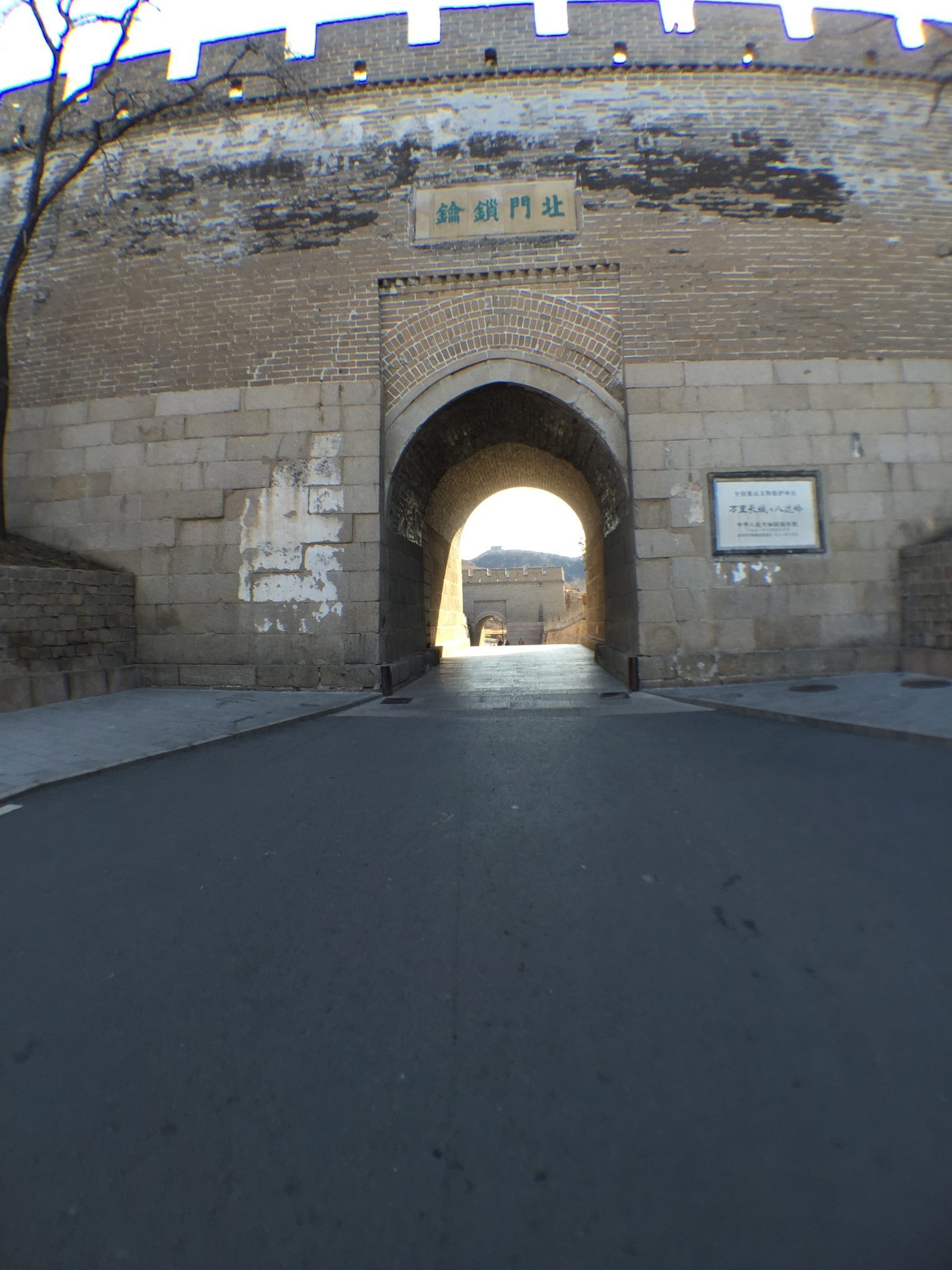
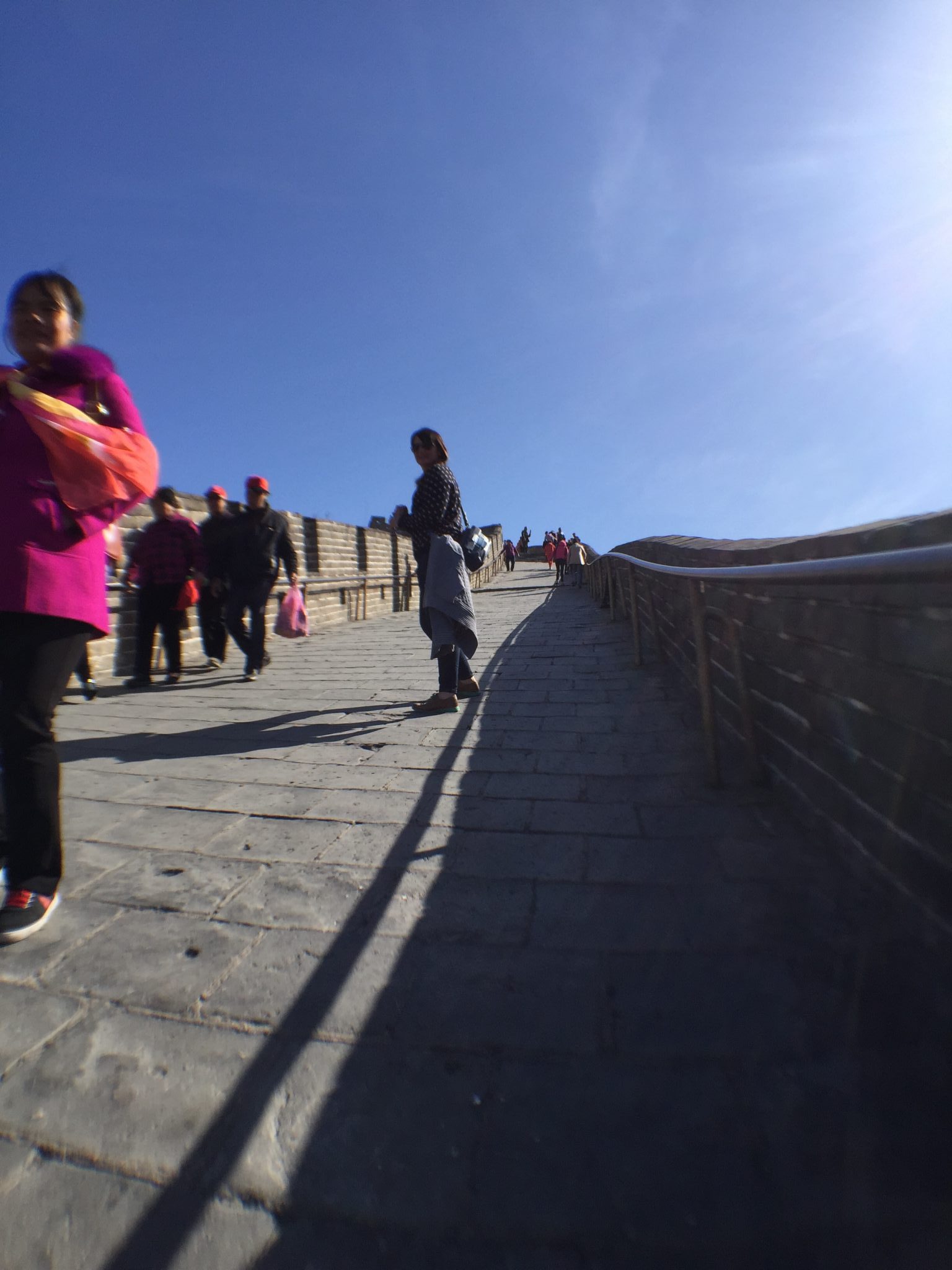
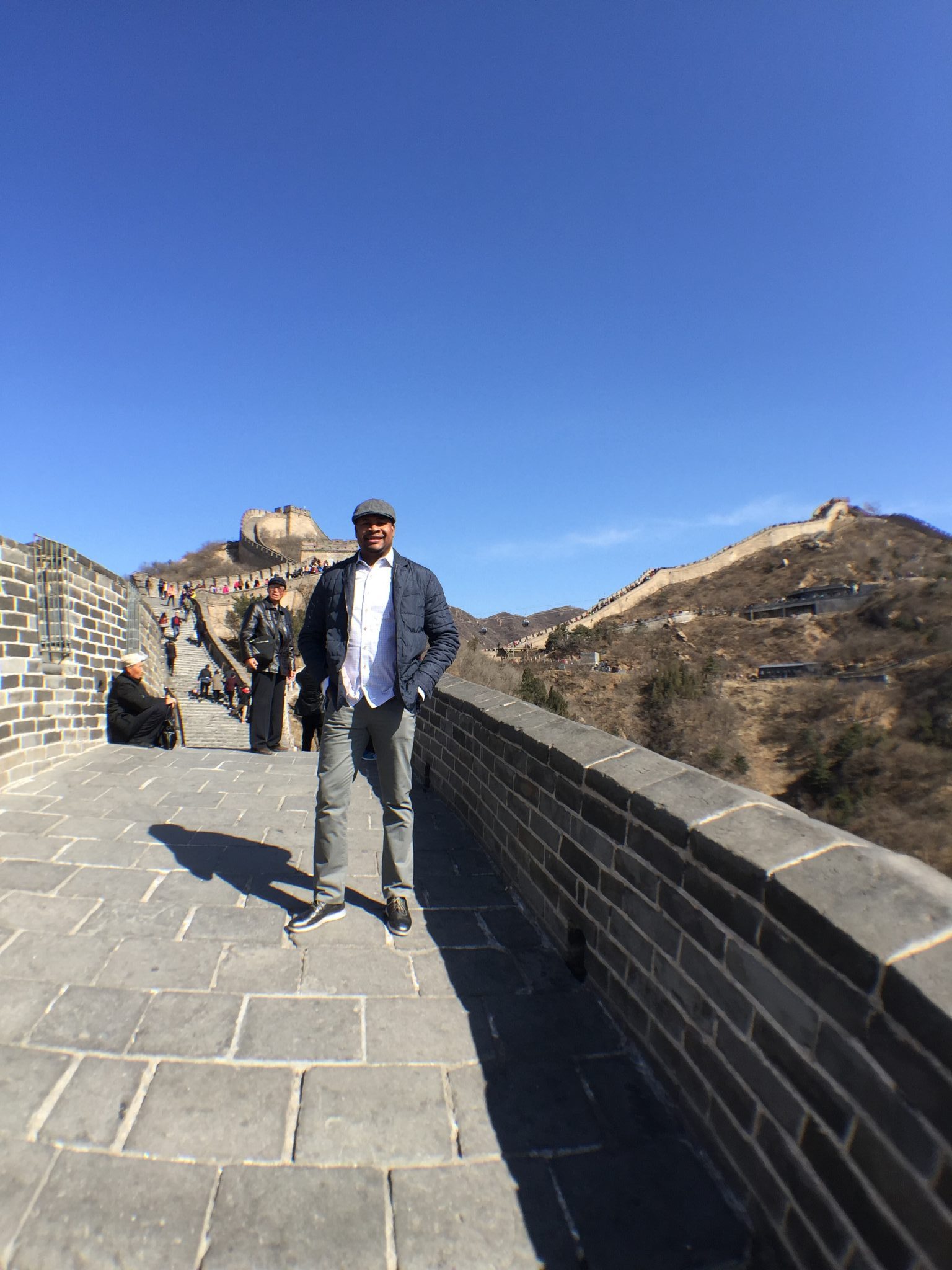
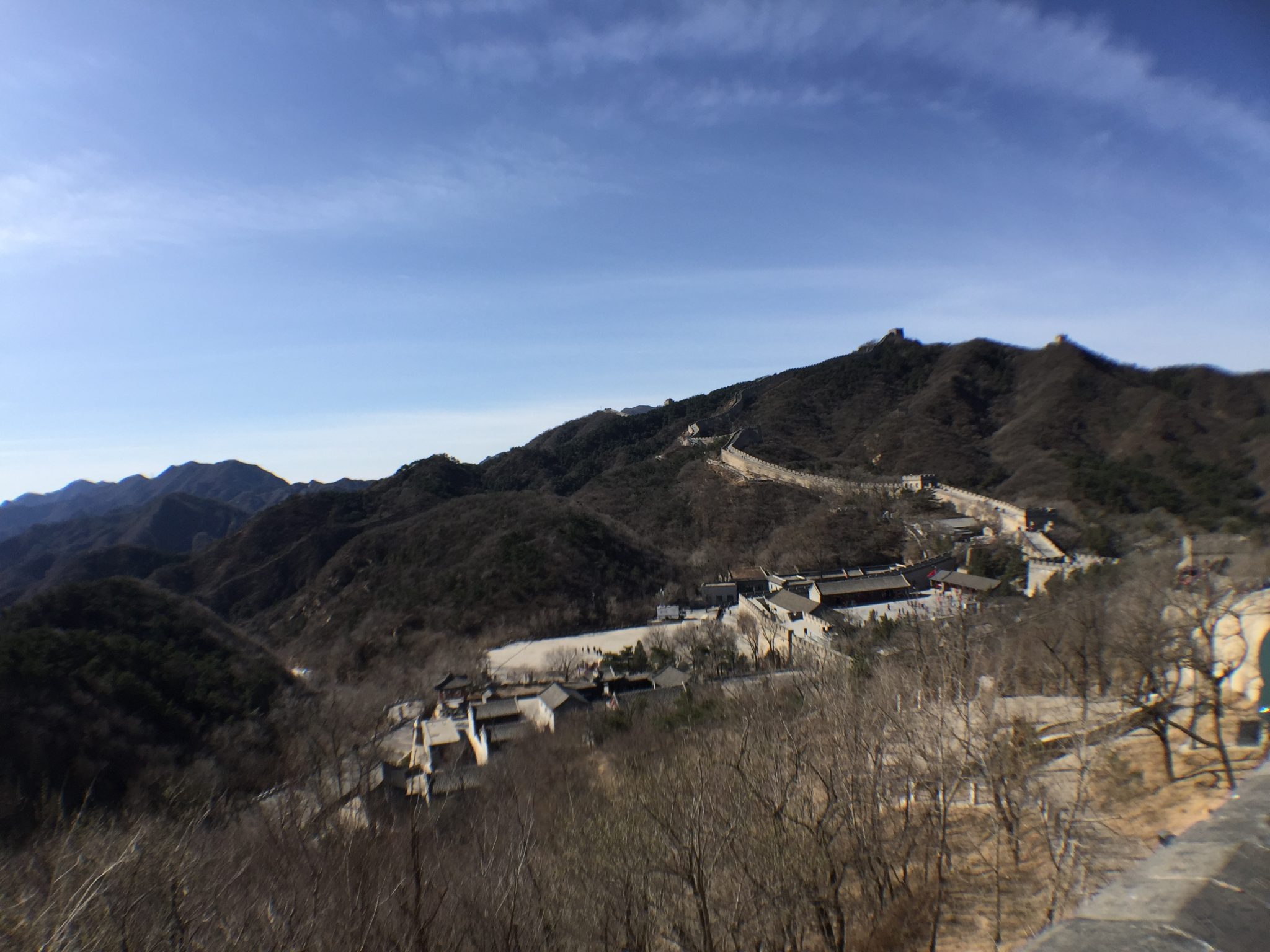
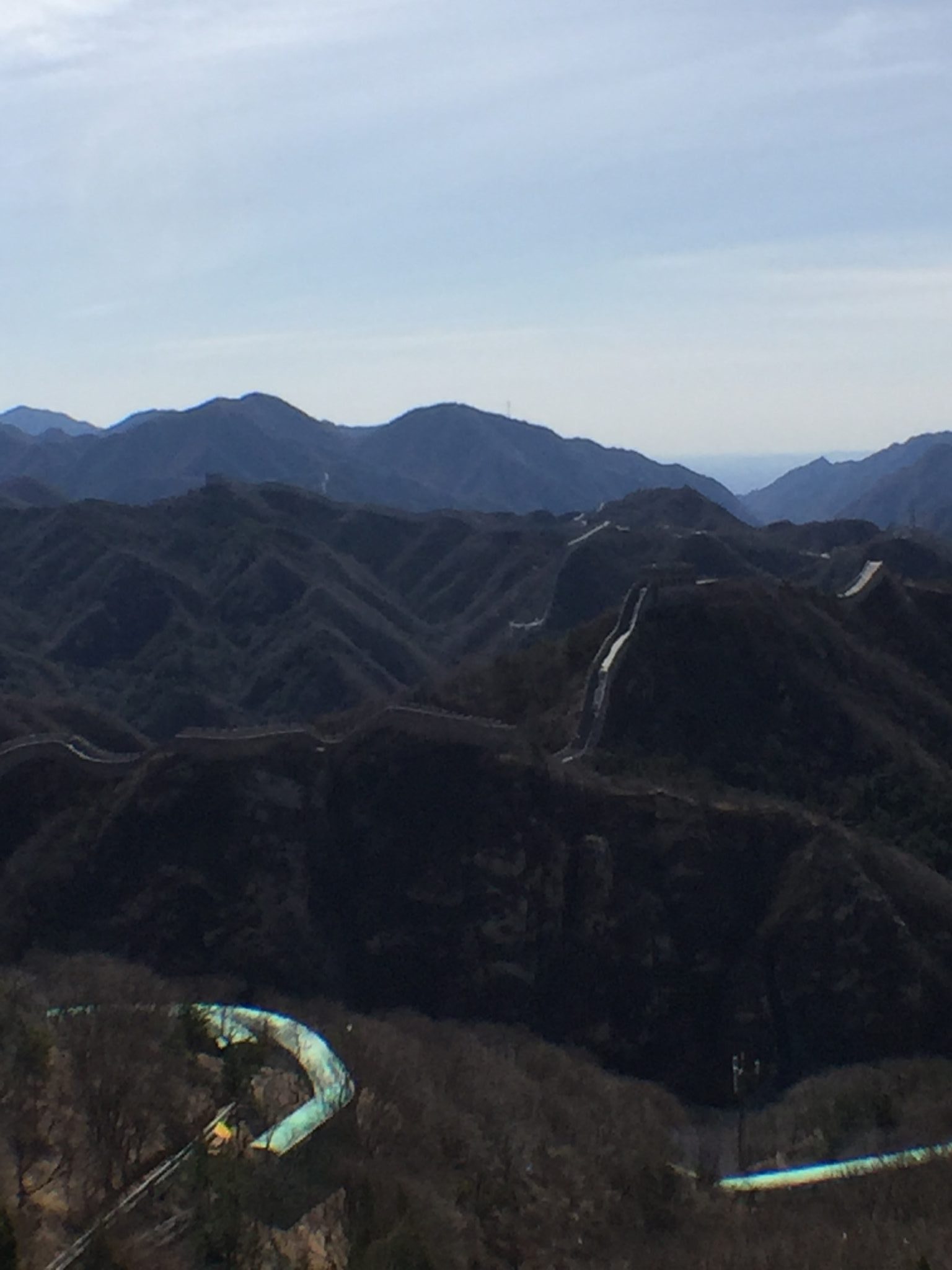
After all that wall walking, we next went to a Chinese tea house. Chinese take their tea ceremonial process very seriously. I truely appreciated and enjoyed learning about the process, not to mention the tea was pretty amazing. I love tea and brought several varieties home. Yep, we also made stop at a Starbucks in Beijing. Getting ice tea, however, was a difficult process with the language barrier. Ice tea seems to be an American thing as we had the same problem in England.
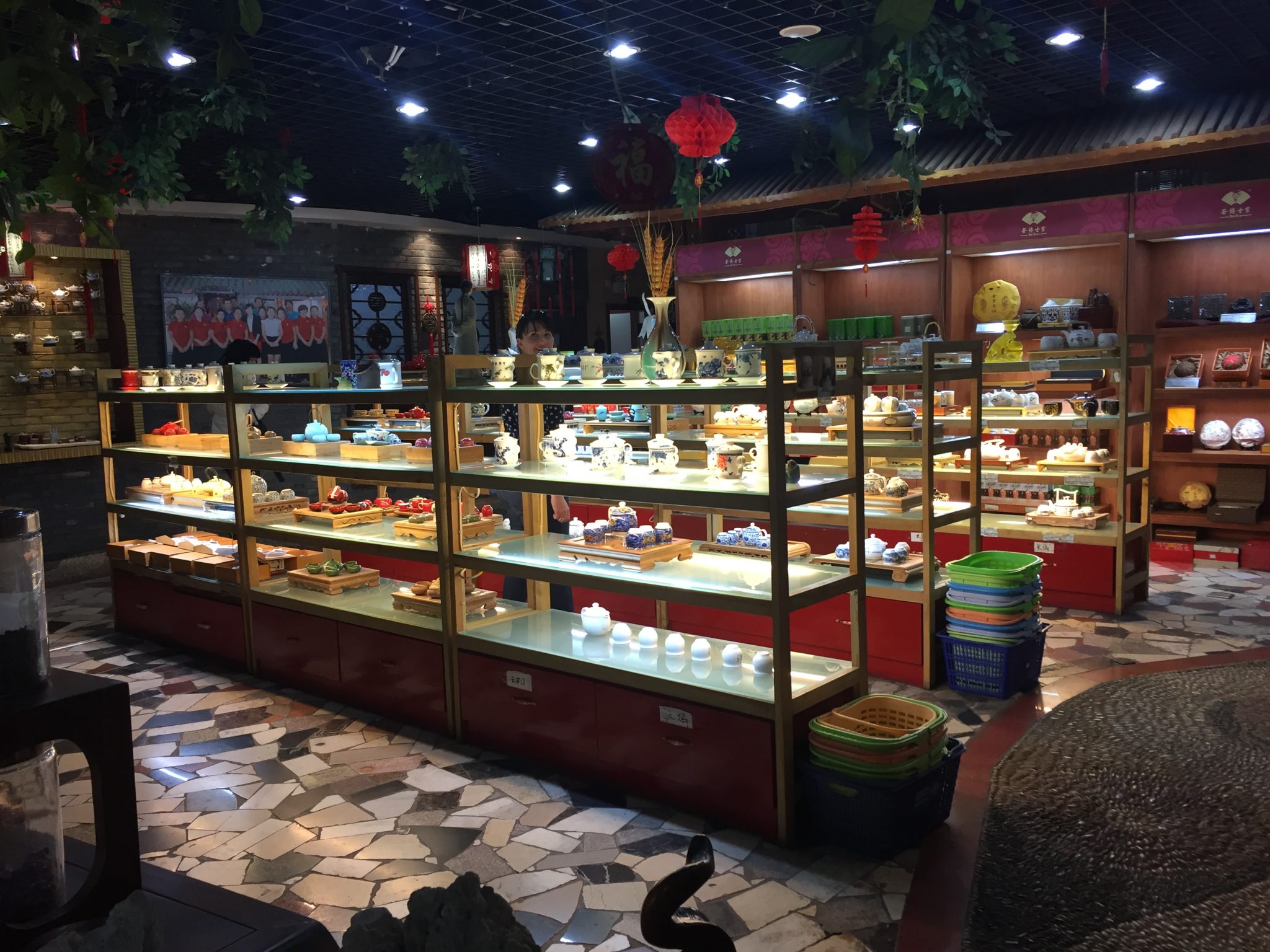
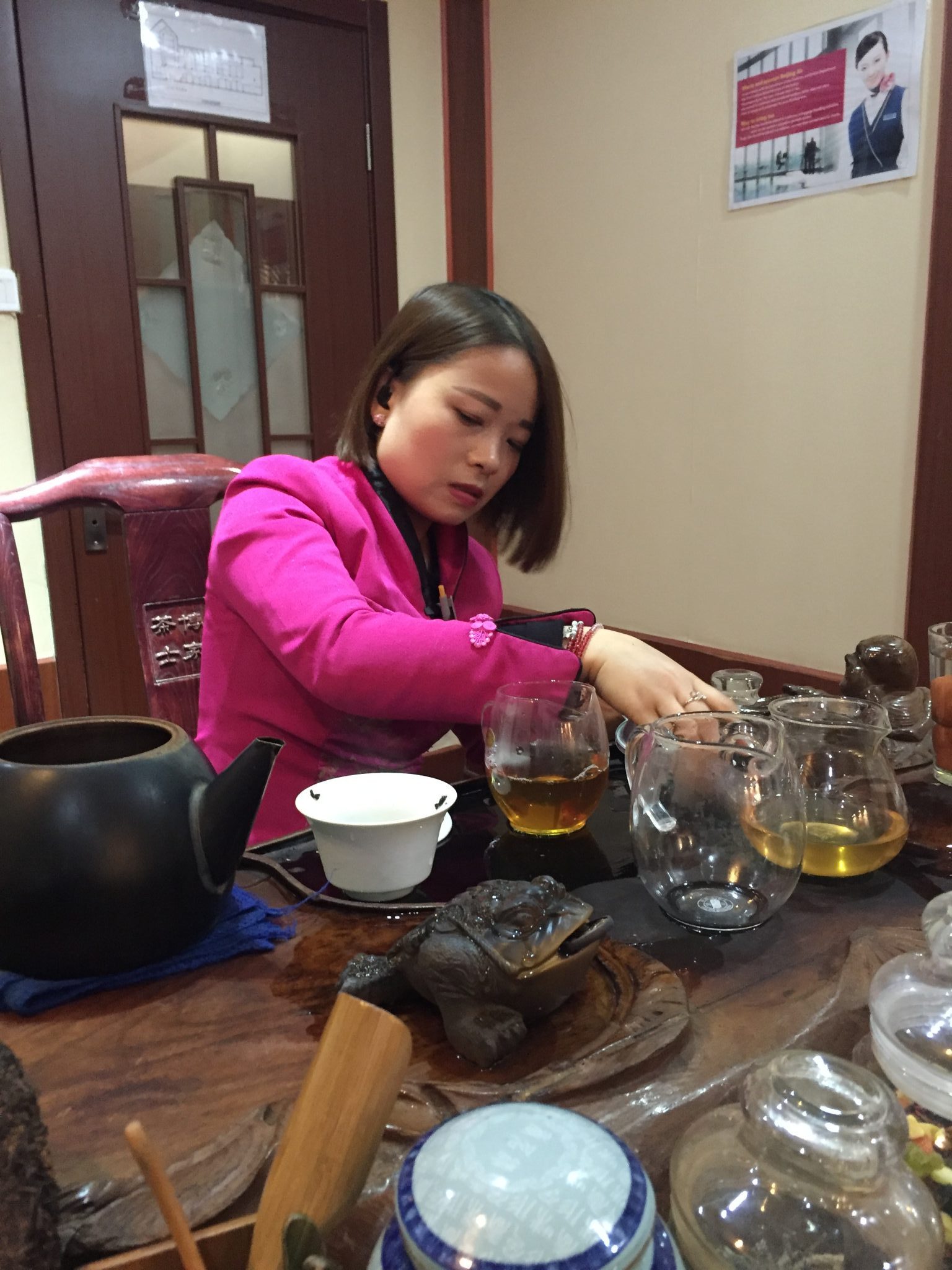
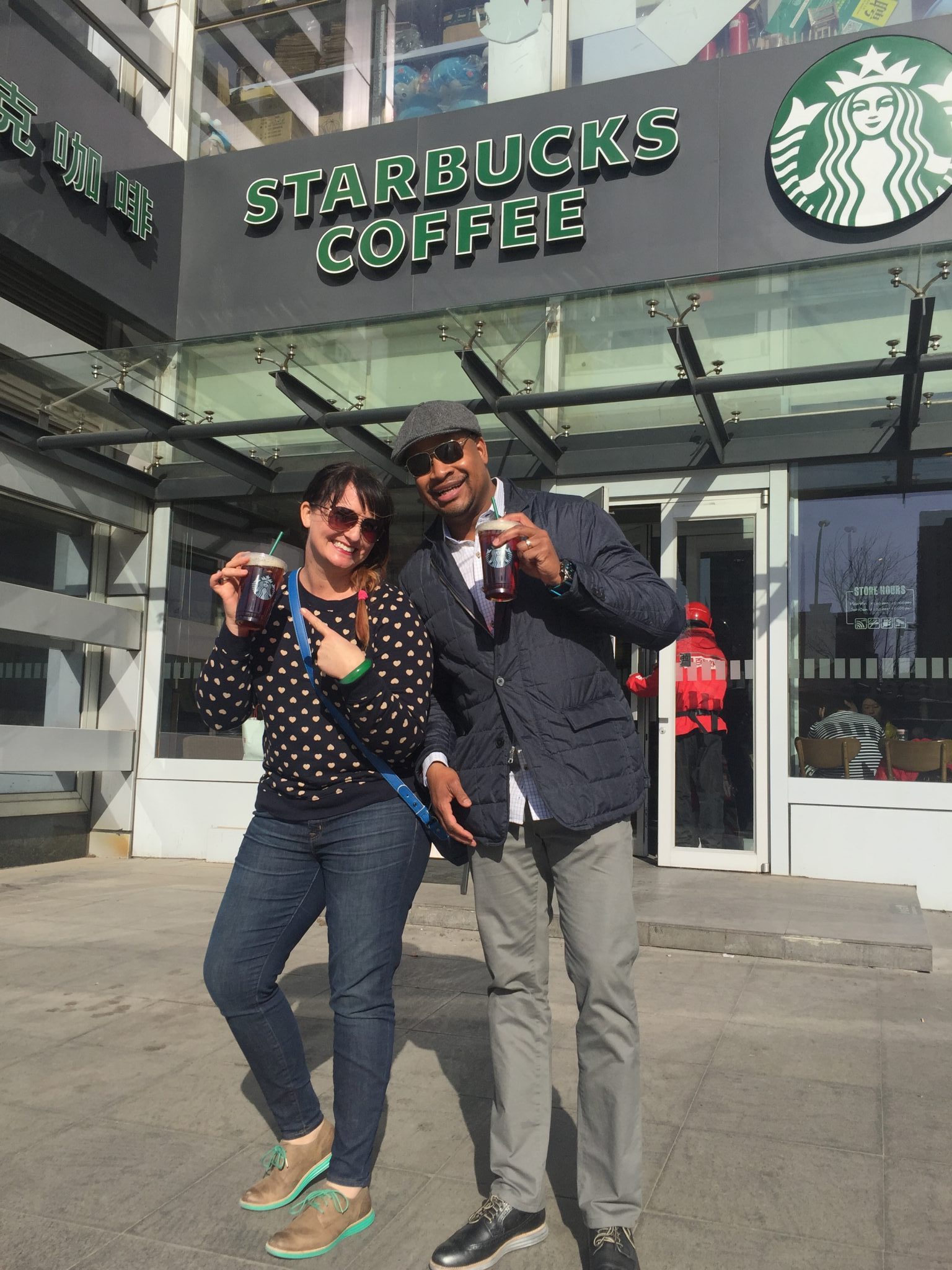
The Temple of Heaven was our next stop in the Southeastern part of central Beijing. This complex was visited by the Emperors of the Ming Qing dynasties for annual ceremonies of prayer to Heaven for good harvest.
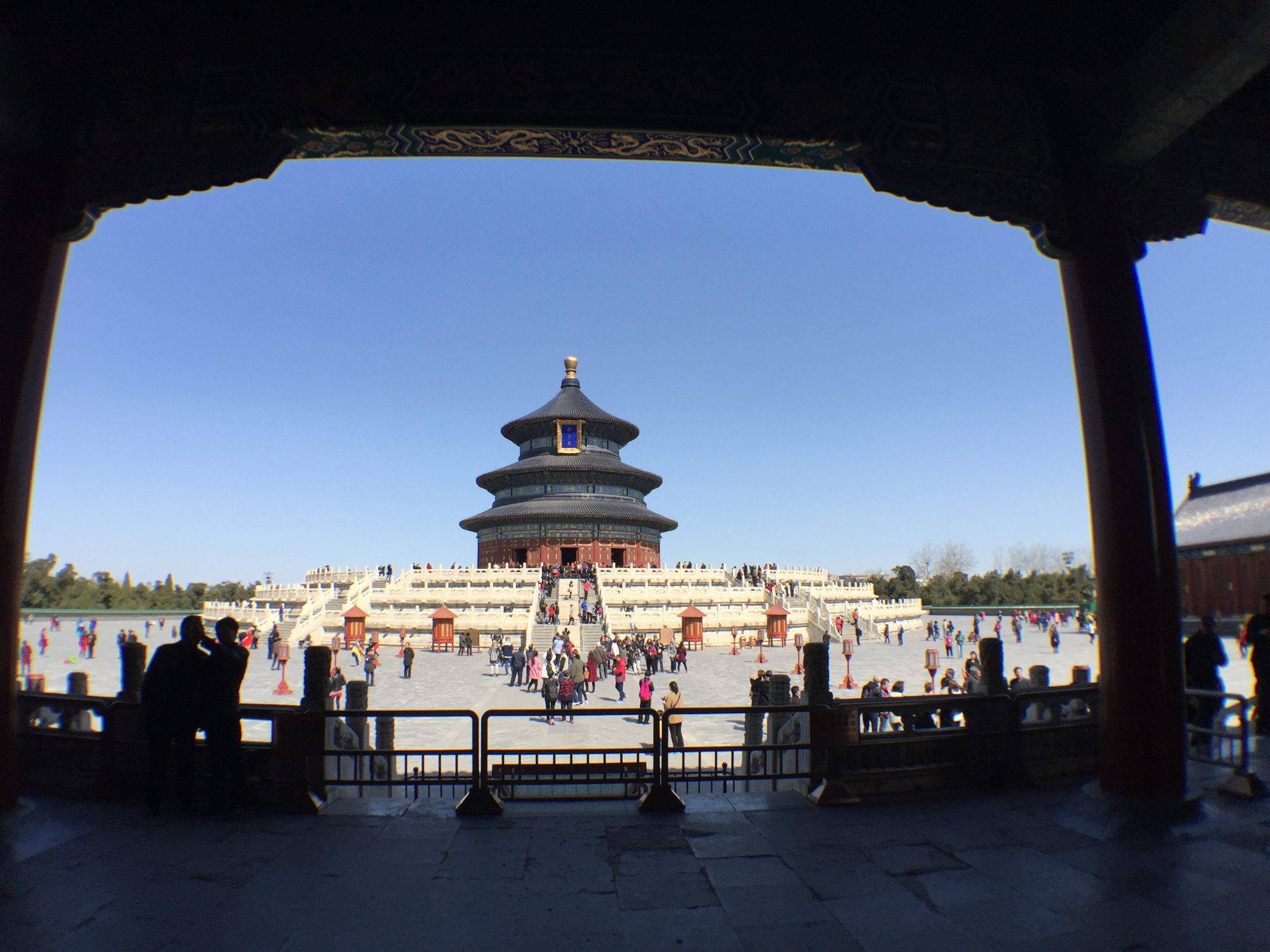
The Hall of Prayer for Good Harvest is a triple-gabled circular building built on three levels of marble stone. The building is built of wood with no nails. I can’t even begin to explain all of the detail that went into to each part of the structure and what it symbolizes, but there is a symbolic reason very every stone and decoration.
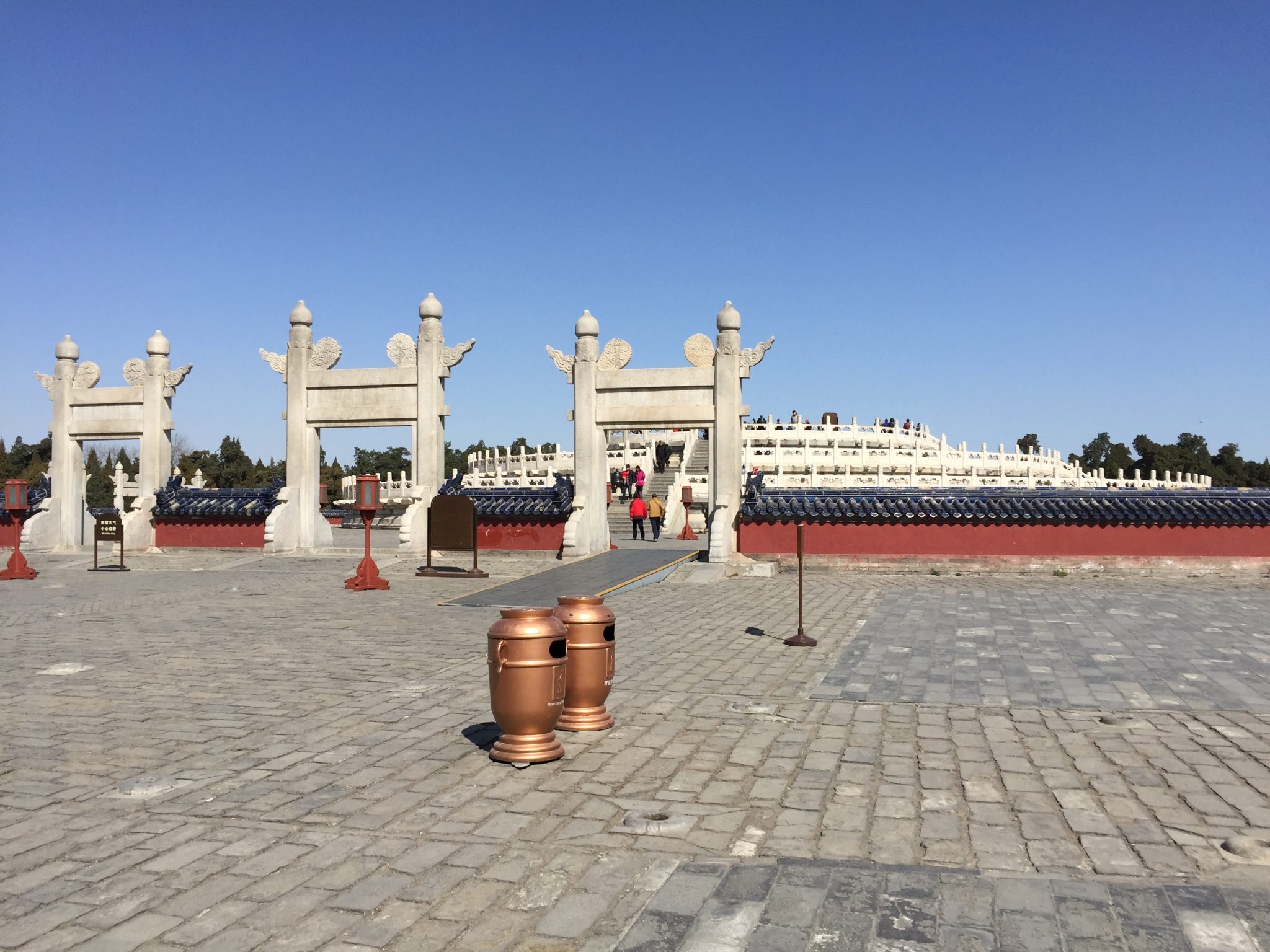
The Circular Mound pictured here is a circular platform on three levels of marble stones with 9 steps leading to each level. The Emperor used this alter to pray for rain during periods of drought and they offered sacrifices to Heaven on the day of the Winter Solstice every year. Each level signified your status among the imperial party with the Emperor and those closest as the only ones allowed at the very top, inner circle.
Our next stop is Xi’an via the bullet train, traveling at 303 km/h (188 miles per hour). Its definitely the way to travel and see the countryside in a hurry. We even saw a few of the ghost cities I learned about on that 60 Minutes special a year or so ago. Kind of crazy to see a city the size of Denver with no one living there.
